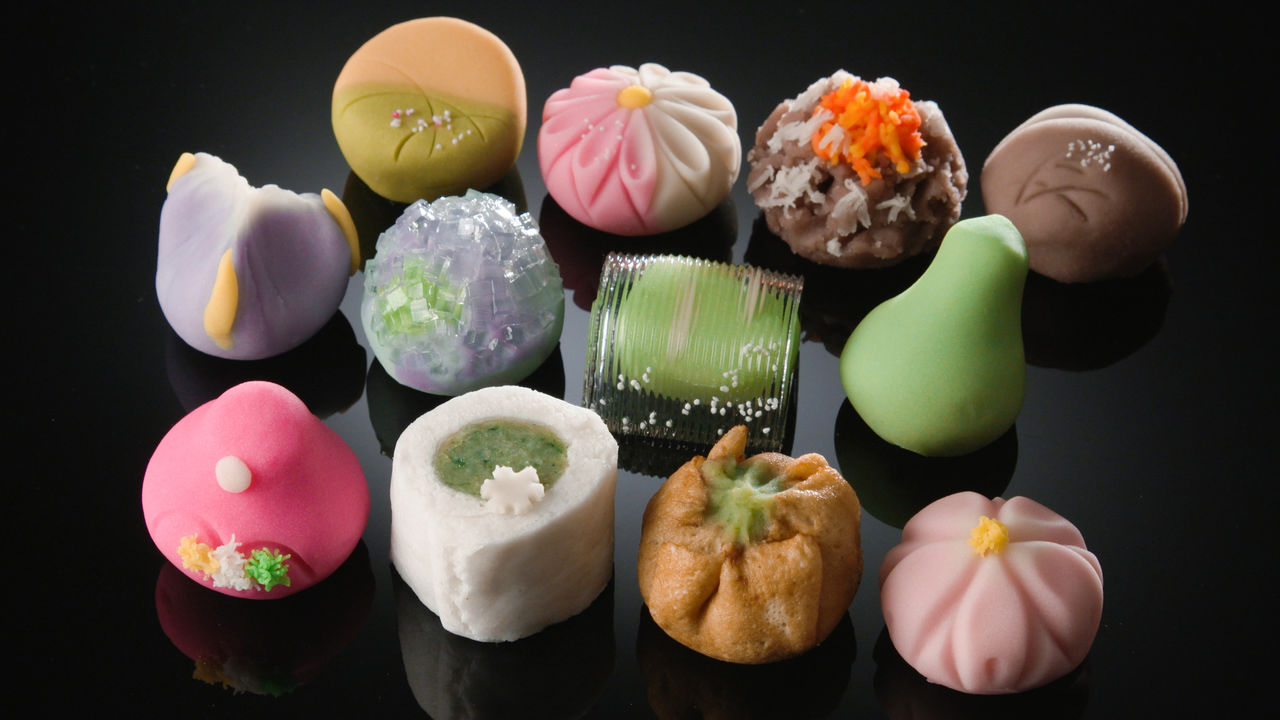
“Jōnamagashi”: Exquisite Kanazawa Confections
JapanIn video
Guide to Japan- English
- 日本語
- 简体字
- 繁體字
- Français
- Español
- العربية
- Русский
A Delight for the Eyes and a Joy for the Palate
Kanazawa wagashi are traditional Japanese confections that emerged in the Edo period (1603–1868) in conjunction with the tea ceremony tradition, reflecting the refined tastes of the Kaga domain lords. Over time, wagashi became a part of the lives of the common people, a necessary item to mark the four seasons and important life events.
Ōshima Sōsui of the Ishikawa Prefecture Tea Ceremony Association explains the close connection between the tea ceremony and wagashi.
“The utensils used in the ceremony are selected on the basis of a theme. The choice of wagashi is intended to highlight that theme as a delight for the eyes and a joy for the palate.”
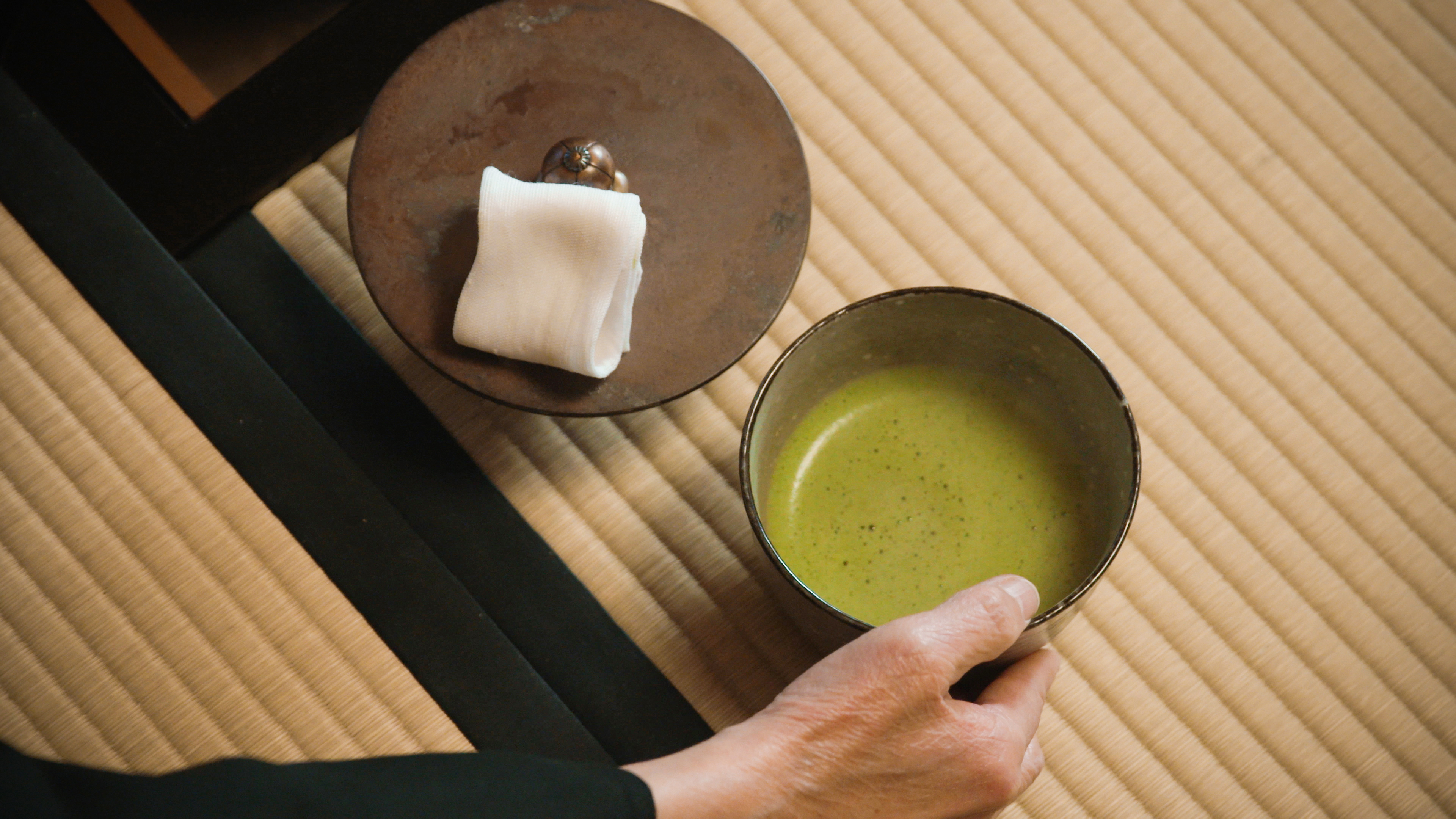 Wagashi are an essential part of the tea ceremony.
Wagashi are an essential part of the tea ceremony.
The wagashi of Kanazawa are considered works of art to be savored with all five senses, particularly sight and taste. Most artistic of all are jōnamagashi, soft confections of the highest quality.
Jōnamagashi are believed to have first appeared on the scene around 1700 in Kyoto. The new type of confection made its way to Edo and from there to castle towns throughout the country. In Kanazawa, the refined Kyoto sweet was transformed into an original local version of wagashi.
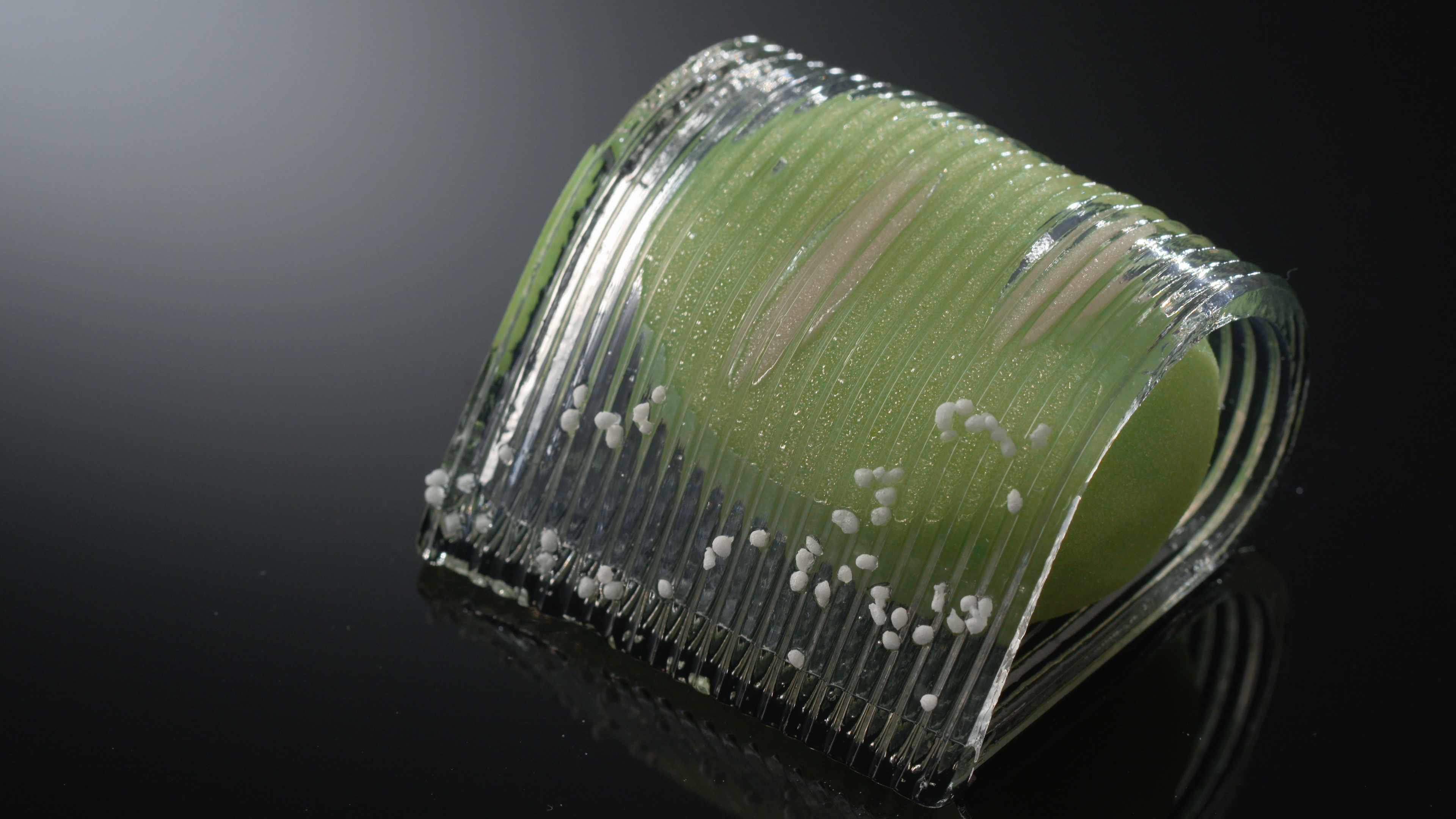 Jōnamagashi, considered the quintessential wagashi, are exquisite works of art.
Jōnamagashi, considered the quintessential wagashi, are exquisite works of art.
A Product of Teamwork by Master Craftsmen
Jōnamagashi are made of ingredients appropriate to the season and shaped into a variety of forms reflecting seasonal and classical literary themes. Each uniquely designed confection has its own name. The name, color and shape, delicate fragrance, soft touch, and taste and texture are all aspects of expert wagashi craftsmanship.
One of the enjoyments of attending a tea ceremony is anticipating what jōnamagashi will be served that day. Yoshihashi Hironobu, the second-generation head of Yoshihashi Kashijo, one of Kanazawa’s leading confectionary shops, explains:
“The people of Kanazawa have very refined tastes. They demand the highest quality in confections, cuisine of all varieties, and even the kinds of utensils that are used. You have to master the skills and habits that are needed to satisfy such discerning customers. Our confectionery artisans apply their full range of skills to produce these works of art.”
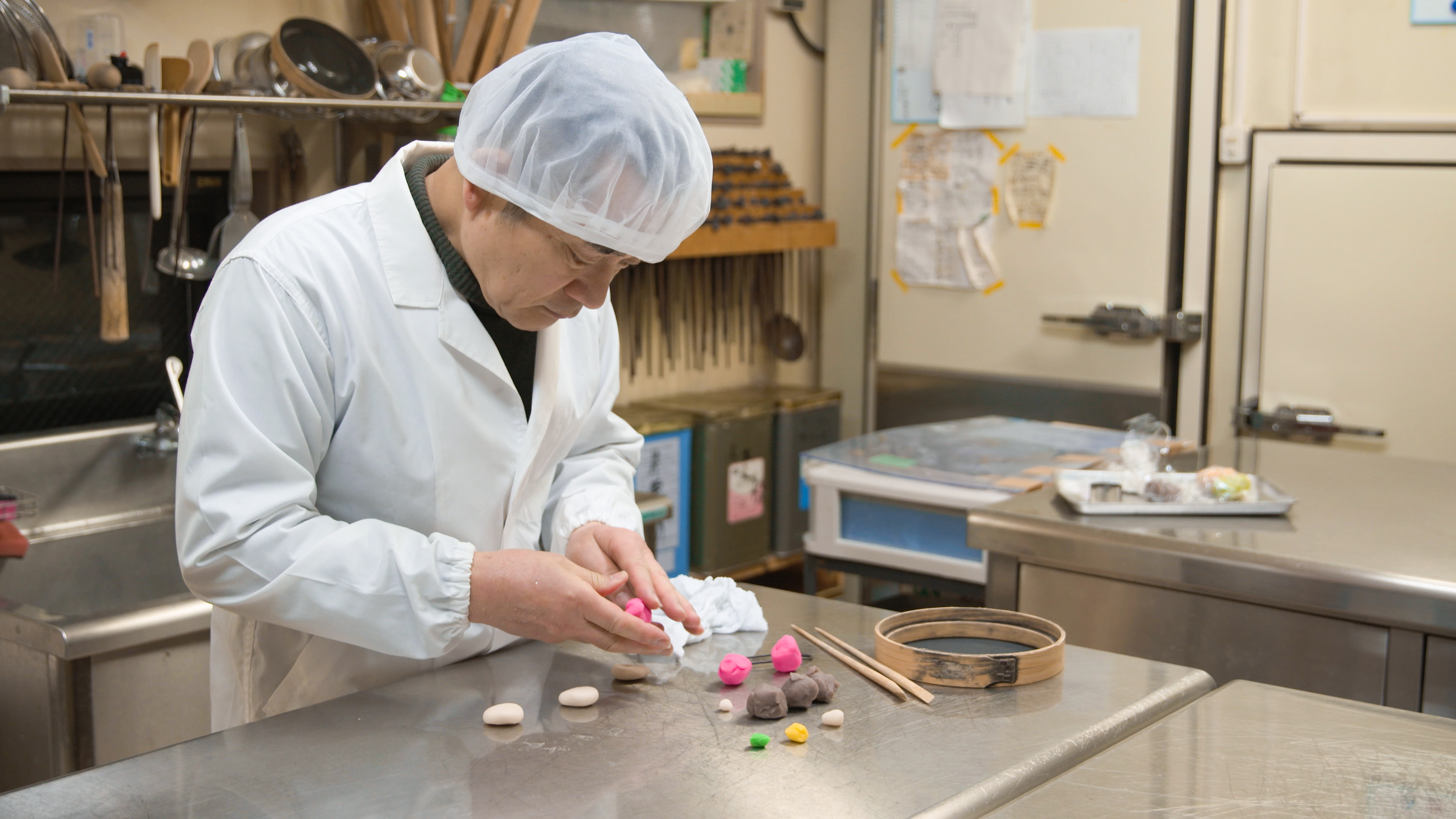 Deft hands mold the confections with speed and precision.
Deft hands mold the confections with speed and precision.
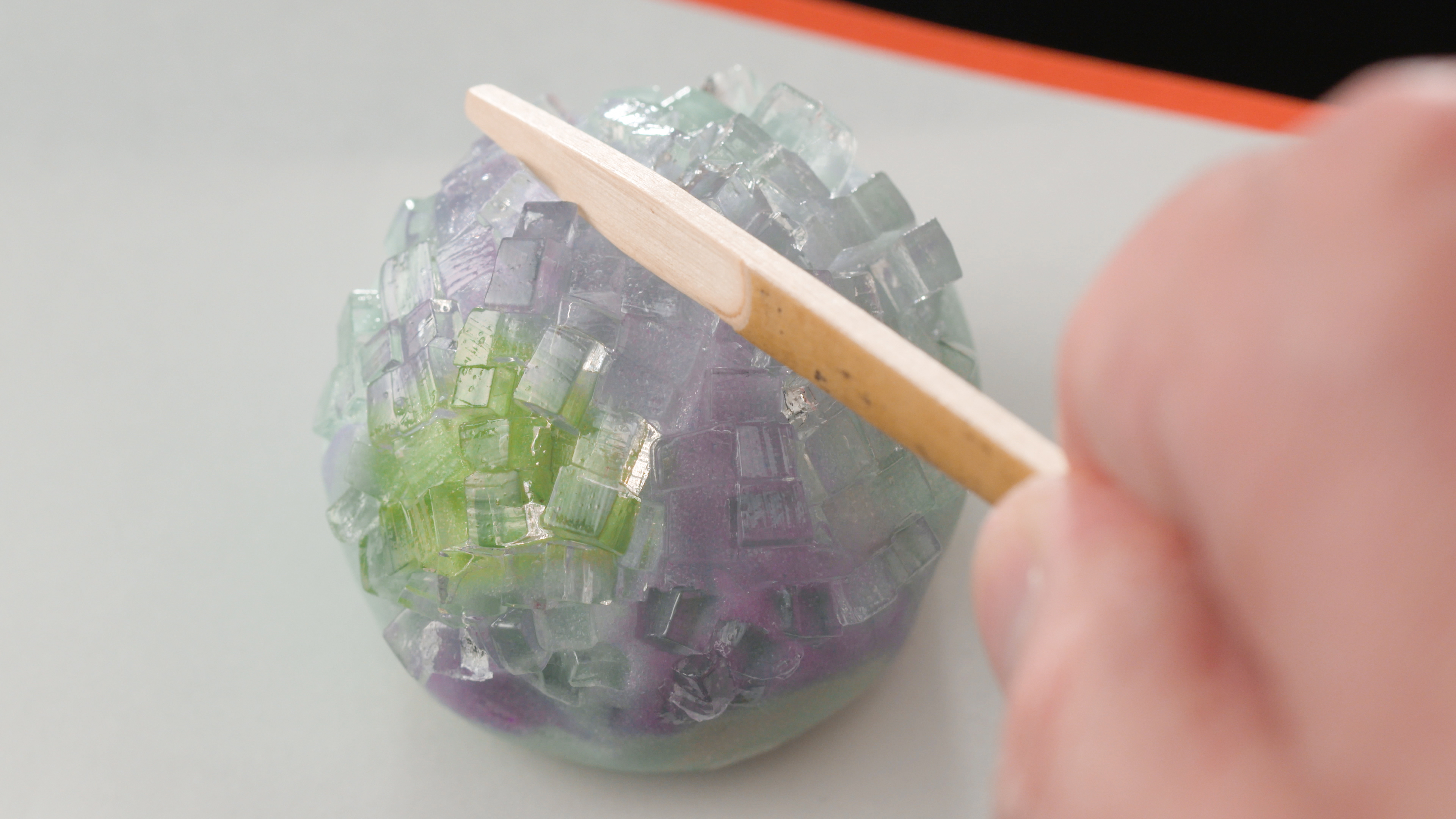 An exquisite jōnamagashi named “Ajisai,” the Japanese term for hydrangea.
An exquisite jōnamagashi named “Ajisai,” the Japanese term for hydrangea.
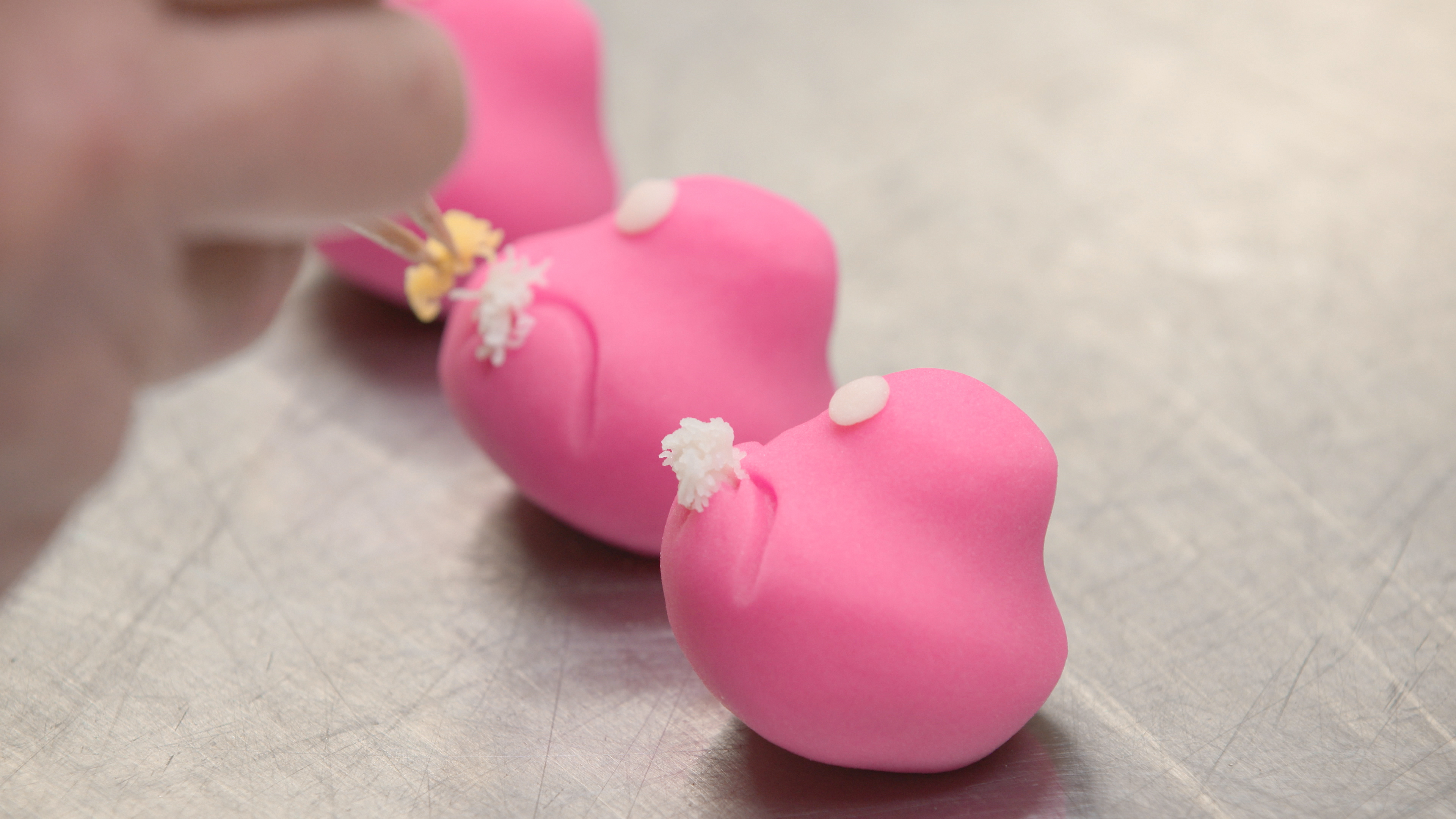 Highly skilled wagashi craftsmen apply their full range of skills to creating jōnamagashi.
Highly skilled wagashi craftsmen apply their full range of skills to creating jōnamagashi.
(Originally written in Japanese. Created in cooperation with Kanazawa Cable Television. Banner photo: Colorful samples of delicate jōnamagashi. All photos © Kanazawa Cable Television.)